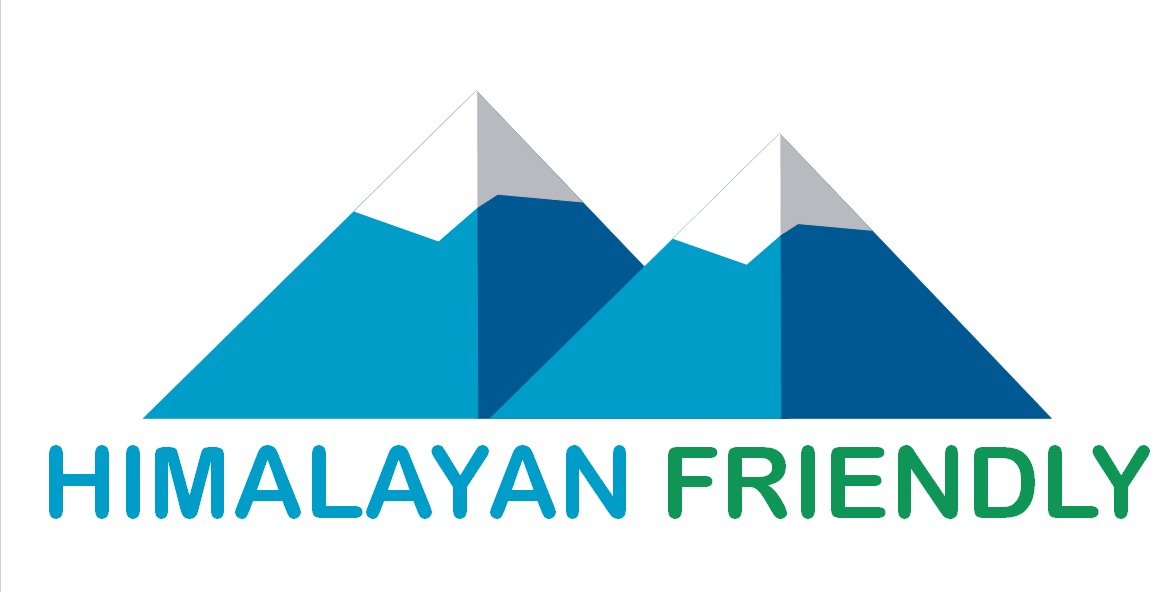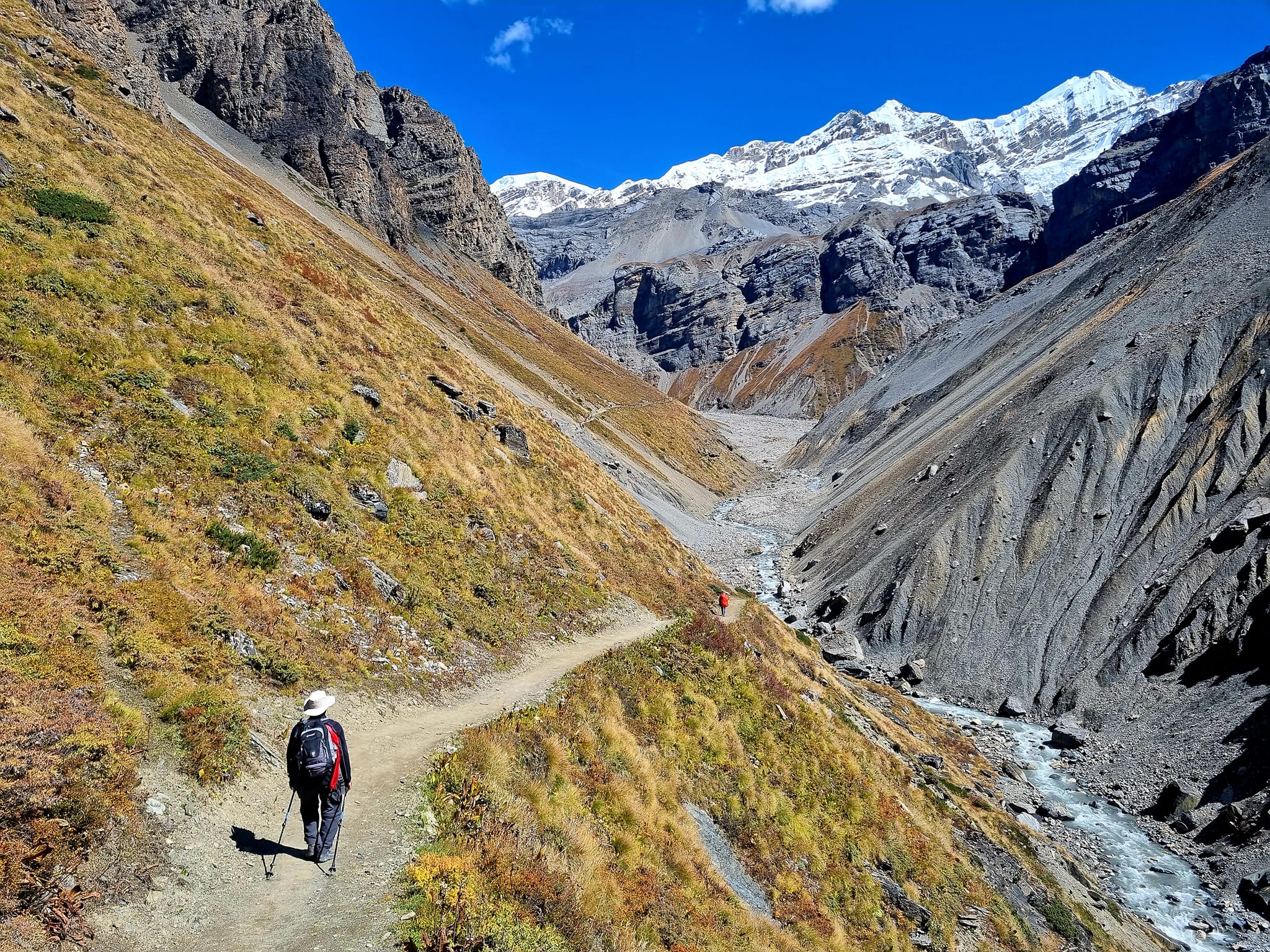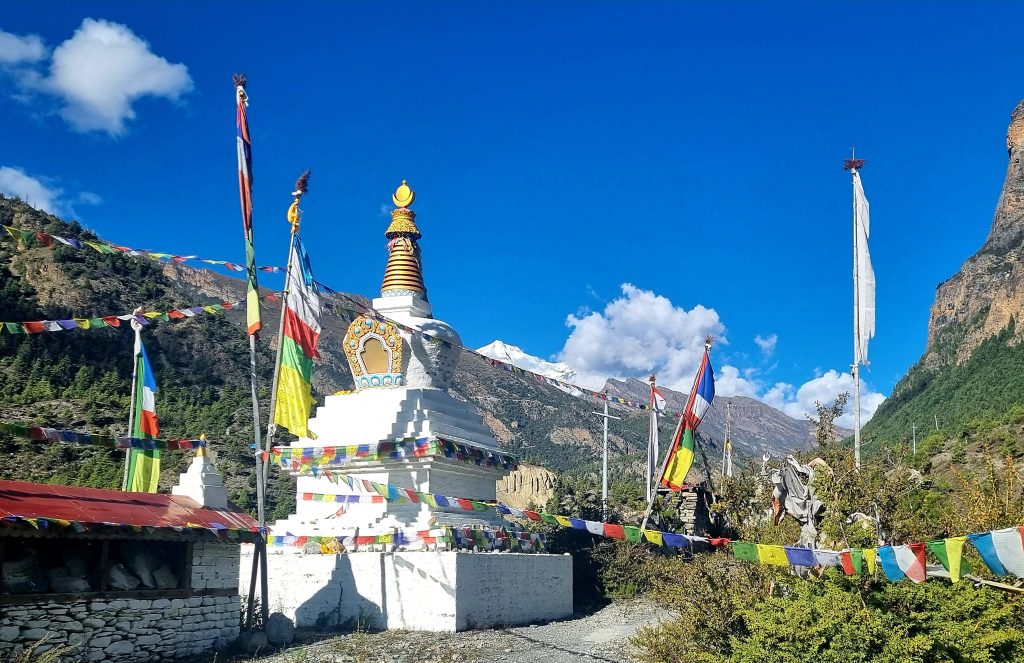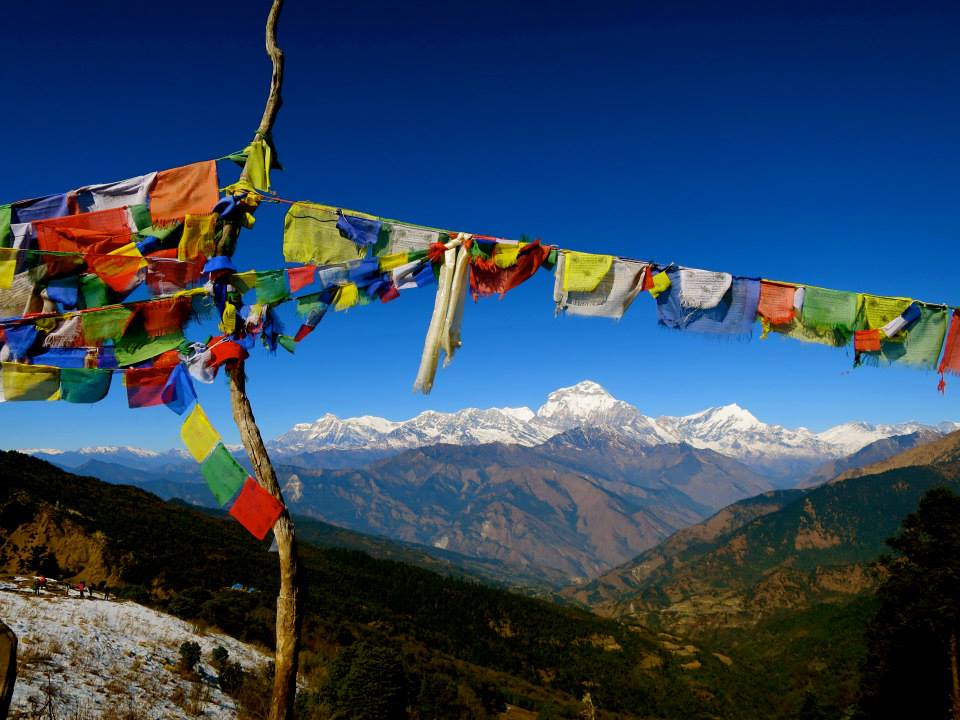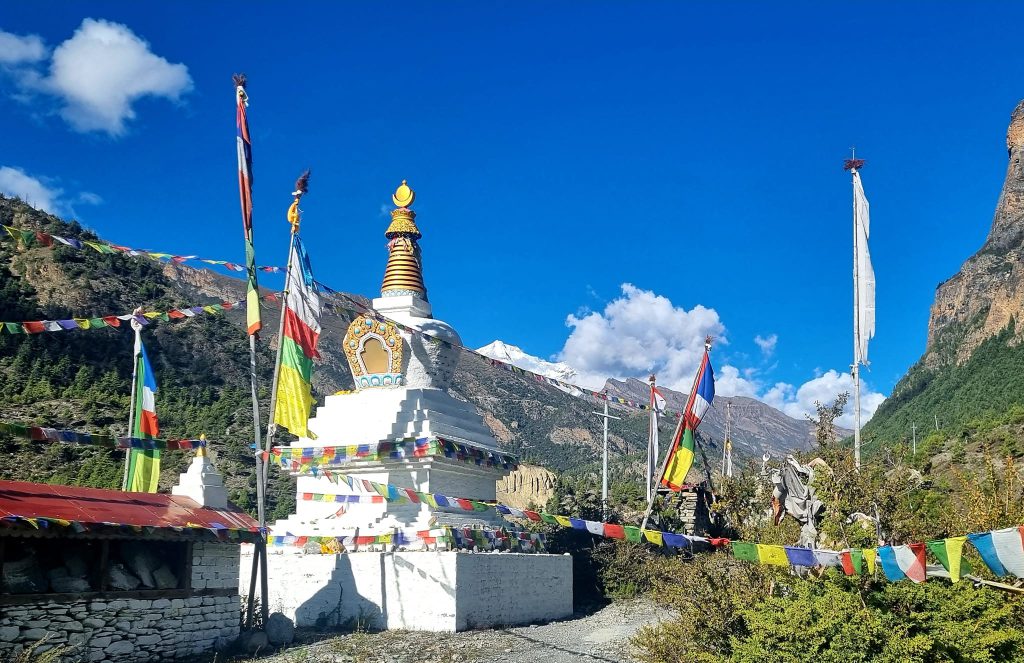Located on the north of Annapurna, the valley of Nar & Phu has remained virtually lost in the lap of the Himalayas for centuries until 2002 when it was opened for trekkers all over the world to explore this ancient world. The Buddhist culture and belief systems are still sublime in this region. The majority are the herders of yak, so it makes sense that yak husbandry is what they have been doing for so long.
The Nar Phu Valley trek hits the beginning from Syange. For a while, the trail is the same as of Annapurna Circuit Trek but soon it diverges from Dharapani. Along the trail, you come across several waterfalls, Chortens, and canyons, but the scene becomes wilder when all the usual green scenes become overlapped by the dryness of Nar and Phu Valley. The people there are amazing. Although they don’t share English, their smile and welcoming nature are enough to have an interesting conversation. Tibetan culture is still alive in the hearts of these people. For more detailed information on what you see along the trek, please go through the detailed itinerary section. Such a region is hard to find. So, hurry up to pack your bags and leave your eyes astonished by the Himalayan grandeur of Nepal.
